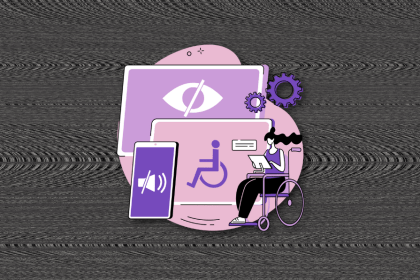
I’ve spent enough time designing with WCAG 2.2 to know it’s not enough. Here’s why I’m skeptical and cautiously hopeful about WCAG 3.0.
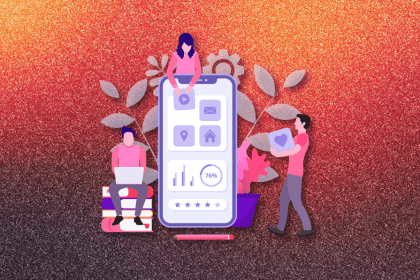
I used to think ‘clean’ design meant hiding things. Turns out, less isn’t always better. This blog walks through lessons from my own overdesign moments.
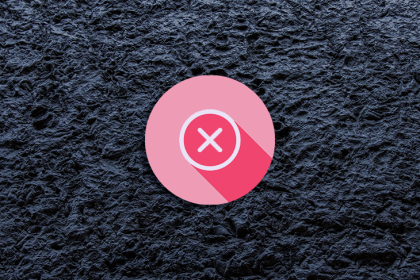
Design cancel buttons that feel safe, not frustrating. Learn how to build clear, accessible flows that protect users and their data.
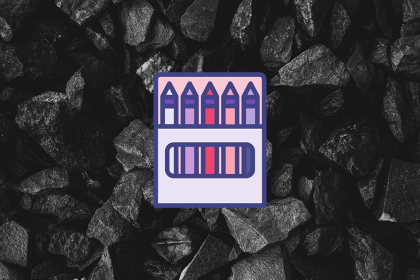
Explore linear design in 2025—what it is, how it’s changed, and how to use it without making your product look like every other site.
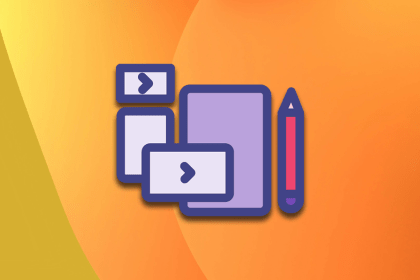
Design constraints are limitations on what designers can do with a design. They can feel like a bad thing, but they can be useful.

Here, you’ll learn what bottom sheets are, when and why they’re useful, and how to make them as usable and as accessible as possible.
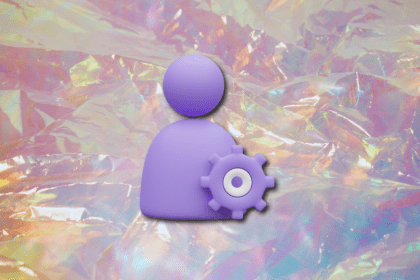
Whether you’re already managing UX teams or eyeing the leap, this guide shows what the job really entails — and how to thrive without losing sight of the users.

Let’s break down UX benchmarking in detail to understand when you need it and how to go through the process step by step.
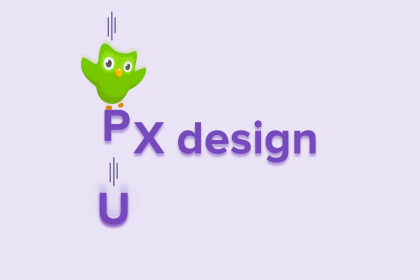
Ultimately, “PX” and “UX” are both just words. Here’s what I liked (and didn’t) about Duolingo’s newest announcement.
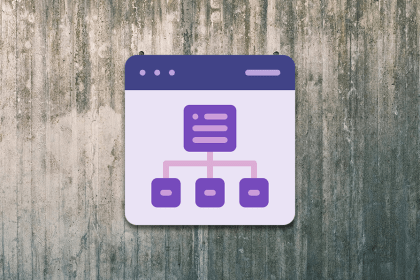
Along with staying organized, the tree testing user research technique can help people find what they need in a quick, easy way.

We love the idea of simplifying everything, but Tesler’s Law says that sometimes, it just isn’t possible. More on that idea in this blog.
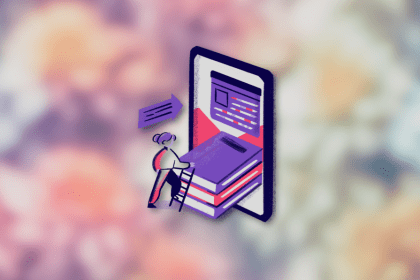
Whether you’re mapping a user journey or refining content strategy, storytelling frameworks can help. Here’s how the Hero’s Journey and Pixar’s approach fit into UX design.